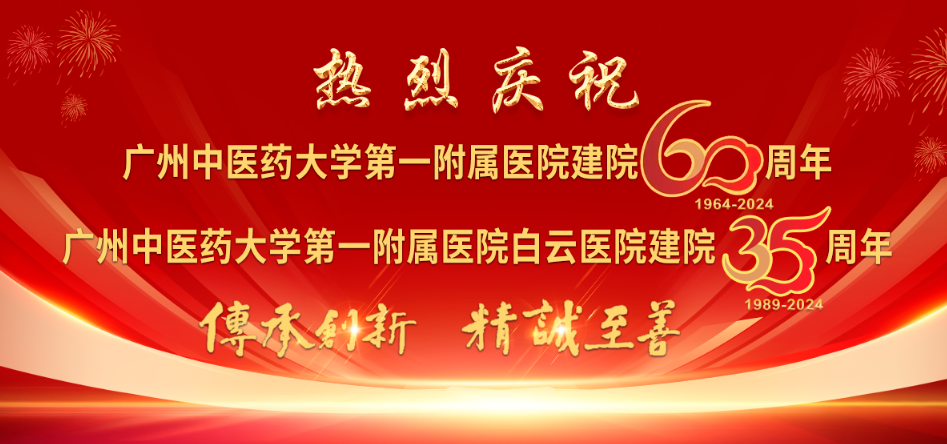
Honghua (Safflower)
Honghua refers to the dried flowers of the plant Carthamus tinctorius, belonging to the Asteraceae family. The flowers are harvested in summer when they change from yellow to red, and are then dried in the shade or under sunlight. The product consists of tubular flowers without ovaries, measuring 1 to 2 cm in length. The surface is reddish-yellow or red. The corolla tube is elongated, with five lobes at the tip, and the lobes are narrow and 5 to 8 mm long; there are five stamens, and the anthers are fused into a tubular structure, yellowish-white; the stigma is long and cylindrical, with a slightly bifurcated tip. The texture is soft, with a faint fragrance and a slightly bitter taste.
Medicinal Properties of Honghua
Honghua is pungent and warm in nature. It enters the Heart (Xin) and Liver (Gan) meridians. It has the effects of invigorating blood circulation, regulating menstruation, and alleviating pain. Clinically, it is commonly used to treat amenorrhea, dysmenorrhea, retained lochia, abdominal masses, chest pain due to blood stasis, abdominal pain due to stagnation, stabbing pain in the chest and hypochondrium, traumatic injuries, and painful swellings. In gynecology, it is often used in combination with Danggui (Angelica sinensis), Chuanxiong (Ligusticum chuanxiong), and Taoren (Peach kernel) for blood stasis conditions; for dysmenorrhea, it can be used alone, such as in Honghua wine, where it is decocted with wine; it can also be combined with Chishao (Red peony), Yanhusuo (Corydalis), and Xiangfu (Cyperus) to regulate Qi and invigorate blood to relieve pain; for amenorrhea, it can be combined with Danggui, Chishao, and Taoren, as in the formula Taohong Siwu Decoction; for postpartum abdominal pain due to blood stasis, it can be combined with He Ye (Lotus leaf), Puhuang (Typha), and Mudanpi (Moutan bark), as in Honghua San; for treating abdominal masses, it is often combined with Sanleng (Sparganium) and E’zheng (Curcuma); for chest pain due to blood stasis, it is commonly used with Guizhi (Cinnamon twig), Gualou (Trichosanthes), and Danshen (Salvia miltiorrhiza); for abdominal pain due to stagnation, it is often used with Taoren, Chuanxiong, and Niuxi (Achyranthes); for stabbing pain in the hypochondrium, it can be combined with Taoren, Chaihu (Bupleurum), and Dahuang (Rhubarb), as in the formula Fuyuan Huoxue Decoction; for traumatic injuries and painful swellings, it is often combined with Muxiang (Aucklandia), Sumac (Commiphora), and Ruxiang (Frankincense), or made into Honghua oil or tincture for topical application; for dark rashes due to blood heat stagnation, it is often combined with cooling blood herbs like Zicao (Lithospermum) and Daqingye (Isatis) in the formula Danggui Honghua Decoction.
Application of Honghua
The clinical dosage of Honghua is generally 3 to 10 grams.Use with caution in pregnant women.

If there is any infringement, please contact for removal.

↓↓↓
How to get to the First Affiliated Hospital of Guangzhou University of Chinese Medicine, Baiyun Hospital?
▲
Long press the QR code above, select “Recognize” to follow.


